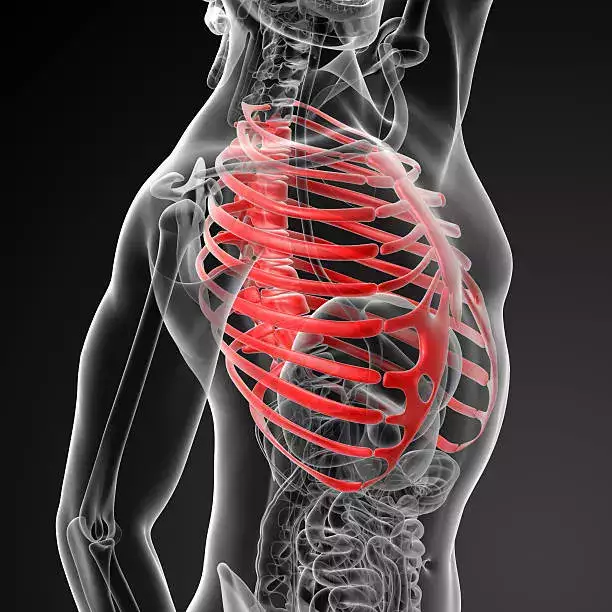According to a BMJ study, hormonal imbalance-related gynecomastia increases mortality risk in men under 75. According to Danish national health and demographic databases, cancer, cardiovascular, lung, and gastrointestinal disease patients were more vulnerable.
The first BMJ study indicated that males with gynecomastia, increased breast tissue not caused by obesity, may die before 75.
The study found that cancer, cardiovascular, lung, and gastrointestinal illness patients were most sensitive.
One-third to two-thirds of men, depending on age, have larger breasts due to hormonal imbalance. It varies from obesity-related “man boobs” (pseudogynecomastia).
Gynecomastia can develop at any age, although it has three different peaks due to substantial sex hormone levels in infant, teenage, and later ages, according to the study.
Older persons are most likely to have it due to testosterone decline and weight increase.
The condition was connected to past and future sickness in previous research. Uncertain if gynaecomastia increases death risk.
According to Danish national health and population records, 23,429 men experienced gynecomastia between 1995 and 2021. Just over 44% were diagnosed between 19 and 40.
Each was matched by age and diagnosis date with 5 randomly selected men without the disease (117,145; reference group), totaling 140,574.
Men with gynaecomastia were divided into two groups: idiopathic (16,253) and pre-existing or medication-using (7,176).
From study enrollment till death or June 2021, they were tracked. In the observation period, 12, 676 males (9%) died.
Compared to 10,532 men without gynaecomastia, 1093 died of unknown causes and 1501 from pre-existing risk factors.
Gynaecomastia promotes early death from any cause by 37%.
However, those with a known pre-existing illness had a 75% higher fatality risk than those with gynaecomastia of unknown origin, who had 5%.
The most harmful were pre-existing malignancies (74%), circulatory (61%), pulmonary (2x), and gut (5-fold) diseases. Neurological disease cut risk 29%.
Digestive tract (39%), genitalia (3-fold), and lymph system (doubling) cancers were most dangerous.
The most harmful disorders were liver (12-fold increased risk) and gallbladder, biliary tract, and pancreas (14-fold).
Men with idiopathic gynaecomastia had a 2-fold greater risk of liver disease-related early death than the reference group.
The researchers didn’t adjust for obesity, endocrine-disrupting chemicals, or steroid use in this observational study, so they can’t prove causality.
According to the study, gynecomastia is linked to eventual health issues and their treatments.
Gynaecomastia increases the chance of death in men by 37%, usually with established risk factors and not idiopathic. These results require a thorough clinical assessment to identify risk factors.”
Conclusion
A BMJ study found that hormonal imbalance-related gynecomastia can kill men before 75. According to Danish national health and demographic registries, men with cancer or cardiovascular, lung, or gastrointestinal illnesses were at risk. Gynecomastia increased the chance of early death from any cause by 37% in men.
Pre-existing cancers, cardiovascular, pulmonary, and gastrointestinal issues increased mortality. Neurological disease cut risk 29%. Since the study was observational, obesity, endocrine-disrupting drugs, and steroid use may impact causation. Gynecomastia may lead to health issues and treatment drugs, according to researchers.




